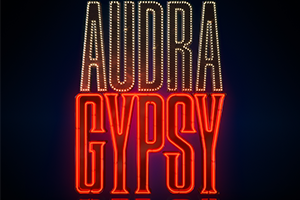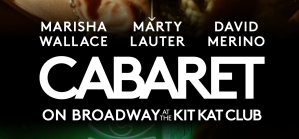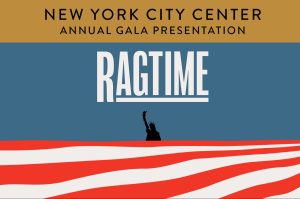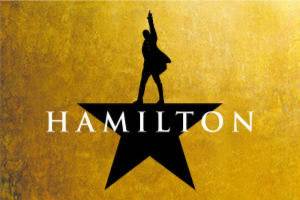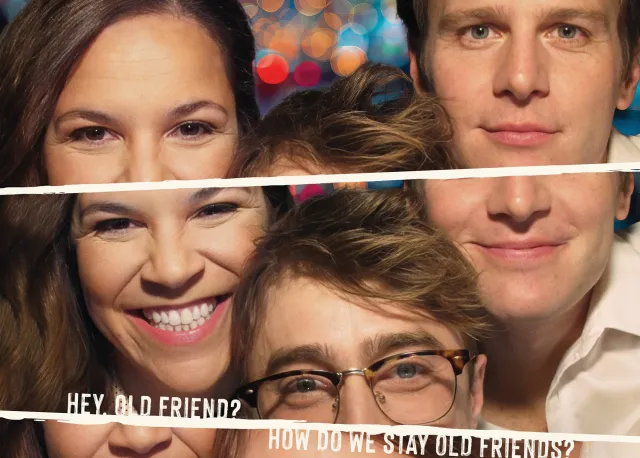The 10 Indispensable American Musicals
These are the scores that must survive for future scholars to understand the lost art of musical theater.
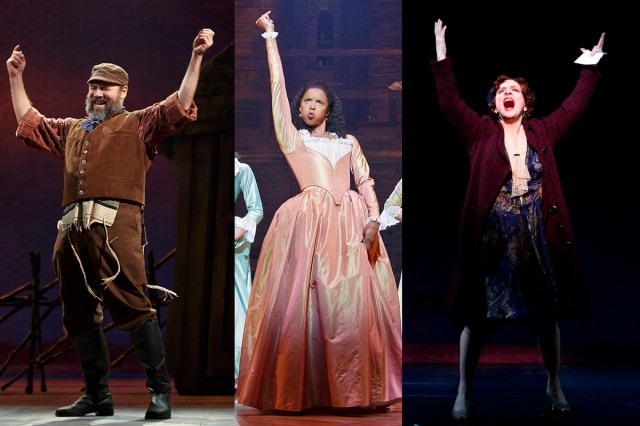
(© Joan Marcus)
Everyone seems to be in an apocalyptic mindset lately — especially Americans. That has prompted an obvious question in my mind: If our civilization really is on the verge of collapse, what musical scores would I want preserved in a time capsule for future archeologists to discover?
Here are 10, not ranked, but presented in chronological order, that best represent this most American of theatrical forms.
1. Show Boat (1927)
The common ancestor of every Broadway musical that followed, Show Boat was the first Broadway show to put song in service of story in a serious way. Jerome Kern’s music, Oscar Hammerstein II’s lyrics, and Hammerstein’s book all work together seamlessly to drive a plot about traveling show people in the old South, irresistible love, and the relentless passage of time. While these things are never quite as clear-cut as theatrical history books would have us believe, this is the obvious candidate for those looking for a big bang moment that signals the genesis of the American musical.
_________________________________________________________________________
2. Oklahoma! (1943)
With a book and lyrics by Hammerstein, working with a new collaborator in composer Richard Rodgers, Oklahoma! built on the innovations of Show Boat, adding dance into the mix to tell the story about the social fissures in Oklahoma territory on the precipice of statehood. Agnes de Mille’s “dream ballet” at the end of the first act created its own musical theater convention, which still shows up in new musicals eight decades later. With a score that includes musical theater standards like “Oh, What a Beautiful Mornin,” “People Will Say We’re in Love,” and the title song, Oklahoma! occupies a central place in the musical theater canon.
_________________________________________________________________________
3. Guys and Dolls (1950)
Upon seeing the UK debut, legendary British critic Kenneth Tynan glowingly referred to Guys and Dolls as “a hundred-per-cent American musical caper,” and I would have to agree. Frank Loesser’s score coveys the excitement and tension of a fantasy version of Times Square overrun by slick gamblers and Salvation Army missionaries (the book is by Jo Swerling and Abe Burrows, based on the short stories of Damon Runyon). Could there be a better encapsulation of our national drama in a country that venerates both capital and Christ? Guys and Dolls is a delightful musical comedy with a surprisingly challenging score. Once you hear “Fugue for Tinhorns,” you know this isn’t just any old day at the races.
_________________________________________________________________________
4. West Side Story (1957)
This distinctly American reframing of Romeo and Juliet on Manhattan’s west side is a collaboration of director-choreographer Jerome Robbins, Arthur Laurents (book), a young Stephen Sondheim (lyrics), and composer Leonard Bernstein, the one undeniable classical music genius to emerge from this country. Bernstein’s power is evident in the opening bars of “Tonight,” the symphonic sweep of strings suggesting a sharp intake of breath and the intoxicating rush of infatuation. Few other musicals have left such an iconic choreographic legacy (just raise a leg and snap your fingers beneath the knee to know what I’m getting at). West Side Story is the great art of a nation still basking in the glow of post-war triumph. At the same time, the writers are acutely aware of the fatal fault lines of race and ethnicity that run through the American story.
_________________________________________________________________________
5. Gypsy (1959)
Sondheim and Laurents return with composer Jule Styne for this story about a stage mother and the daughters who confound her well-laid plans. Is there anything more American that wanting your kids to enjoy a better life than you did? Is there anything more American than resenting them for doing it? From the first notes of the overture, Gypsy hooks audiences into a nearly perfect work of musical theater, with instantly recognizable songs like “Let Me Entertain You,” “Everything’s Coming Up Roses,” and the mother of all 11 o’clock numbers, “Rose’s Turn.” This is also a show that has the potential to reveal new and fascinating things depending on the leading lady, which helps explain why it reappears on Broadway every decade or so.
_________________________________________________________________________
6. Fiddler on the Roof (1964)
Fiddler is another one of those shows that frequently comes back to Broadway, and for good reasons. “Tradition,” “If I Were a Rich Man,” “To Life”…every number in Jerry Bock and Sheldon Harnick’s score is a hit. Most importantly, they advance a story (book by Joseph Stein based on the stories of Sholem Aleichem) about a father coming to terms with the dreams and aspirations of his children who, due to social and technological change, will inhabit a very different world than the one he knows. This is the perennial American generational drama told as a specifically Jewish story, but appealing to audiences the world over.
_________________________________________________________________________
7. Cabaret (1966)
Composer John Kander and lyricist Fred Ebb’s great masterpiece, Cabaret tells the story of a young American writer in Berlin right before the Nazis come to power. The book (by Joe Masteroff, based on an earlier play by John Van Druten and the stories of Christopher Isherwood) lures audiences into a world of sex and intrigue, with songs like “Mein Herr” and “Two Ladies” underscoring the decadence of a society on the brink of disaster. By the end of the first act, we’re in too deep to escape. Directors have radically reimagined Cabaret over the years, and while the final product is not always great, the bone structure of an exemplary musical is always there, waiting to be rediscovered by a new generation.
_________________________________________________________________________
8. Sweeney Todd (1979)
Walk into any bar in Hell’s Kitchen and you’ll be inundated with opinions about what stories can and cannot be turned into musicals. Stephen Sondheim spent his entire career pushing against such narrow-minded opinions, most forcefully with Sweeney Todd, the best deployment of horror in a Broadway musical. Sondheim and book writer Hugh Wheeler tell the story of a Fleet Street barber driven mad by revenge — and by the pie shop proprietress who sees him as the key to her happily-ever-after. The menacing wind and string triplets in the opening number perfectly set the skin-crawling tone. But in typically Sondheim fashion, humor grows in the darkest of places, like the brilliant first act closer “A Little Priest,” which is itself an indictment of dog-eat-dog capitalism. No other musical is simultaneously so satisfying and sickening.
_________________________________________________________________________
9. Ragtime (1998)
Composer Stephen Flaherty, lyricist Lynn Ahrens, and book writer Terrence McNally embarked on the near-impossible task of transforming E.L. Doctorow’s sprawling portrait of an era into a stage musical — and it worked spectacularly. Real historical figures like Emma Goldman and Harry Houdini share the stage with Tateh, Mother, and Coalhouse Walker Jr. — fictional representatives of people who would have lived in New York around the turn of the century. The score is breathtaking, with showstoppers like “New Music,” “Wheels of a Dream,” and “Till We Reach That Day” in just the first act. I’ve included Ragtime on this list not just as a successful example of form-pushing ambition, but because no other musical more powerfully captures the dreams and disappointments of life in the United States.
_________________________________________________________________________
10. Hamilton (2015)
While the original production of Lin-Manuel Miranda’s biomusical about America’s first Secretary of the Treasury is still running at Broadway’s Richard Rodgers Theatre, I feel confident including it in this list. Hamilton is the most recent Broadway musical to truly pierce the national consciousness. Its story about a crucial figure in the development of our republic, told through radio-ready songs and starring a cast of racially diverse actors who look nothing like the historical founding fathers, astounded the theater faithful and created a whole new generation of fans (the film capture on Disney+ is one of the best decisions any Broadway producer has made in this century). Miranda has been praised for his groundbreaking style, but that somewhat obscures the fact that structurally, Hamilton is a textbook-perfect example of a musical, building on innovations of Oscar Hammerstein II and Stephen Sondheim and bringing this very American theatrical form into the 21st century.


